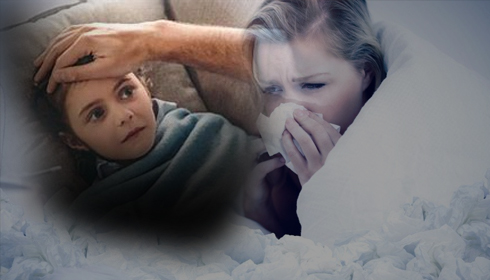
Navigating the Common Cold: A Springtime Focus on Personal Hygiene
As spring approaches, so does the seasonal transition, which often brings with it the pesky common cold. While this illness is typically brief and self-limiting, its impact can be felt more keenly during the spring season. The common cold is caused by the rhinovirus, a viral infection that affects the upper respiratory system. Children are particularly vulnerable due to their lower resistance and frequent interactions in school settings.
The common cold is caused by over 200 strains of the rhinovirus, each capable of triggering a distinct infection. Viruses infiltrate nasal mucus cells, disrupting normal function and utilising them for replication. Various factors, including excessive fatigue and emotional stress, can weaken the immune system, contributing to susceptibility. However, individuals generally experience infection from a specific virus strain only once in their lifetime.
In the fight against the common cold, maintaining personal hygiene is paramount. Practicing good hygiene not only protects individuals from the virus but also prevents its spread within communities. Here are some key dos and don'ts to consider:
While the common cold typically resolves on its own within seven to ten days without the need for treatment, there are steps individuals can take to alleviate symptoms and prevent complications:
As spring unfolds, the common cold becomes a familiar companion. By prioritising personal hygiene and adopting preventive measures, individuals can reduce the risk of infection and contribute to the well-being of their communities. Embracing these practices not only helps navigate the challenges of the common cold but also promotes a healthier and more resilient society.